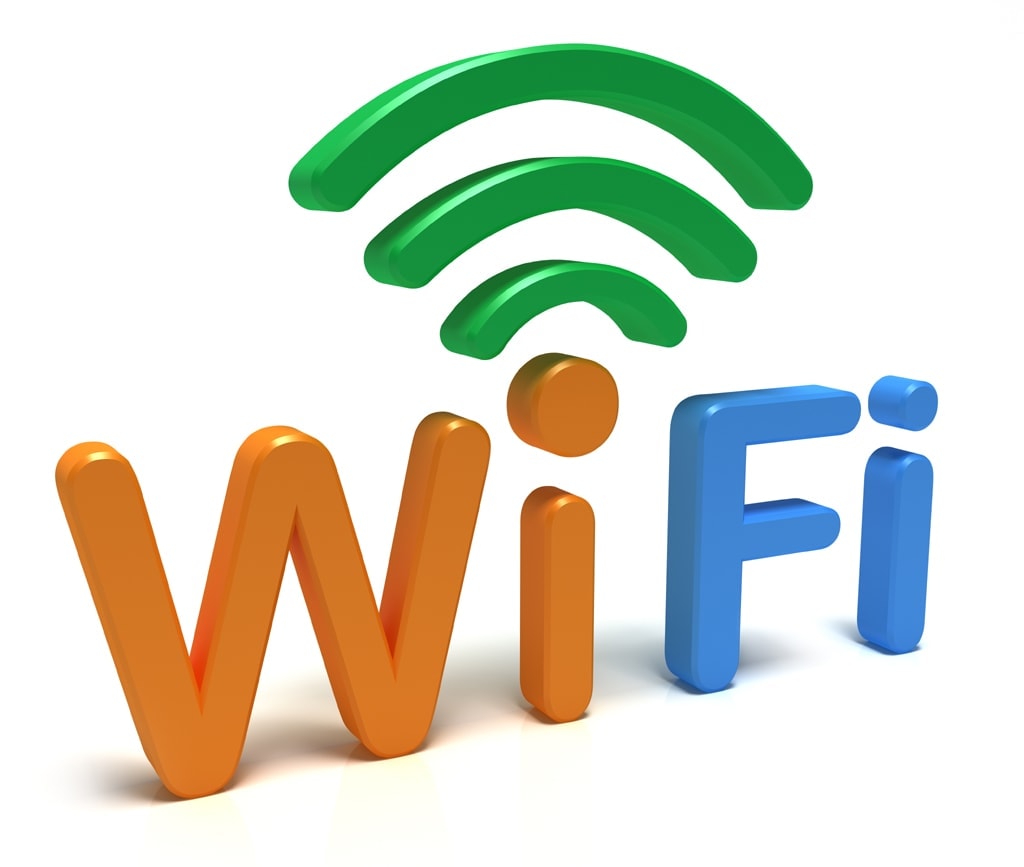Welcome to Cybersecurity in 31 Days. I’m Malan Faya, your host. Today is Day 7. To view previous posts, click here.
In electronic communication, wireless technology has spread widely. Whether at home, work, or school or in hotels, libraries, or shared spaces, connecting to the Internet through Wi-Fi is prevalent. It is also easy.
WiFi technology is easily compatible with almost every electronic device, including mobile phones. And just like mobile phones, a WiFi network transmits information through radio waves. Unlike wired networks that rely on cables to send electrical signals, Wi-Fi is open-air communication. This makes it inherently less difficult to hack. Though Wi-Fi security has greatly improved, hackers tend to intercept Wi-Fi connections with less difficulty.
This is why you must beware of data and privacy risks whenever you are accessing the Internet through a Wi-Fi. To ensure that your data is safe, only connect to secure wireless signals.
Be careful with using public Wi-Fi.
And when transmitting important personal information such as credit-card information, make sure that the website you are using has a Secure Socket Layer (SSL) with a current and verified security certificate. It is one way of ensuring that your connection is encrypted. SSL certificates assures trust. A website that uses SSL should have a Uniform Resource Locator (URL) indicating ‘https’ rather than ‘http’ only. On most systems, secured internet connections will have a lock icon on the left of the connection name.
Be alert. Use secured connections only.


